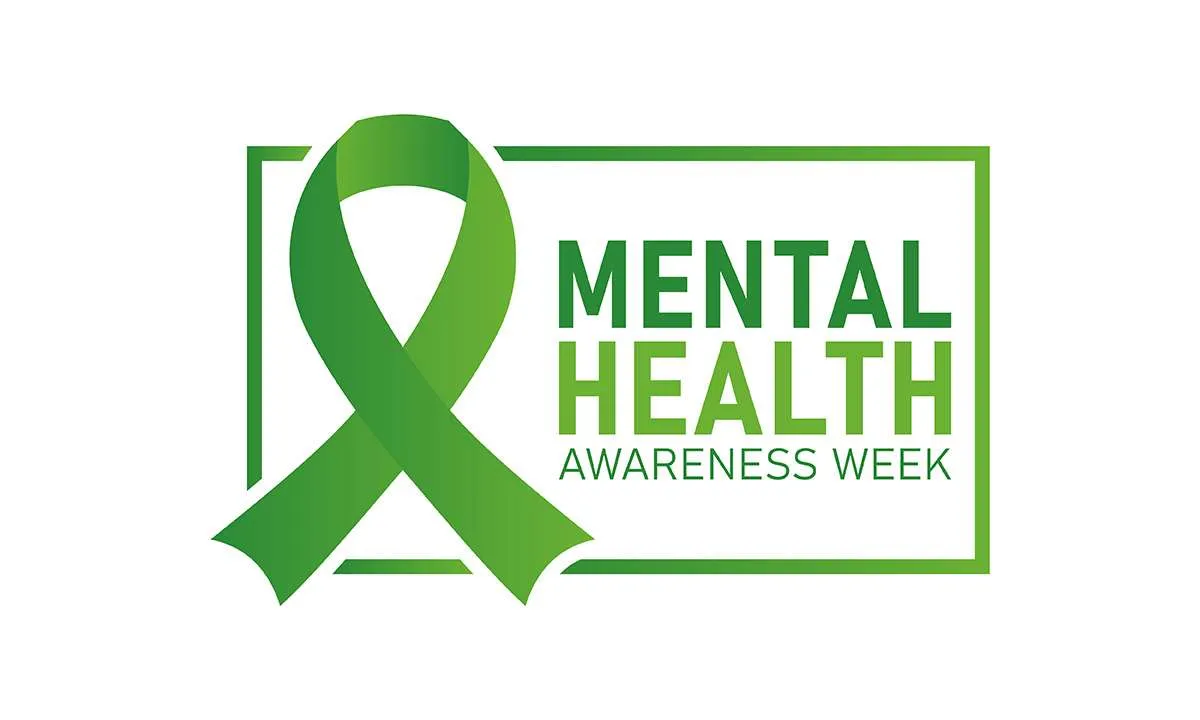Leadership That Listens
How Marketing Managers and Directors Can Foster a Mentally Healthy Work Culture
Mental Health Awareness Week has rightly shone a spotlight on movement, pressure, and practical tools for managing workload. But if you’re reading this as a marketing manager, head of department, or director, there’s one vital piece we haven’t covered yet in the recent series of articles:: your role in shaping the culture.
Let’s be frank: marketing is intense. It’s creative, commercial, competitive – and it’s your job to balance business objectives with team wellbeing.
That’s not easy.
But if we’re being honest, the best campaigns in the world don’t matter much if your team is quietly crumbling under the weight of stress, poor communication, and unclear expectations.
This article is for the leaders.
The ones who want to create environments where marketers can do their best work without sacrificing their mental health to the marketing gods.
The Marketing Made Clear Podcast
Check out the Marketing Made Clear Podcast on all good streaming platforms including Spotify:
Why Mental Health Is a Leadership Issue
As the World Health Organization put it in their 2022 report on mental health and the workplace:
“Leaders play a key role in modelling healthy behaviours, shaping psychological safety, and enabling positive environments.”
And let’s not forget: a study by Mind UK found that 60% of employees feel their mental health is affected by their line manager’s behaviour.
That’s not to add pressure – just to highlight influence.
Because in marketing, where fast-paced thinking, tight deadlines, and high stakes are the norm, a bad culture doesn’t just impact morale – it hits the bottom line.
Common Issues in Marketing Teams
Before we talk solutions, let’s call out the patterns that often appear in agency and in-house environments:
-
Unclear priorities: Everyone’s chasing everything, and nothing feels done.
-
Always-on culture: Slack or Teams messages at 10pm, “urgent” weekend feedback requests, and blurred boundaries.
-
Lack of recognition: Team members are burning brightly – but burning out from being unnoticed.
-
Perfectionism: High standards are great. But when “perfect” becomes the only acceptable standard, people stop taking creative risks.
If this sounds familiar, you’re not alone. These issues are rampant across marketing departments – and they can be fixed.

Five Ways Leaders Can Foster a Healthier Marketing Environment
1. Model Healthy Behaviours
If you reply to emails at midnight, your team learns that’s the standard. If you cancel holidays for last-minute work, they’ll do the same.
Be the leader who:
-
Takes breaks without guilt
-
Protects boundaries
-
Doesn’t glorify being “swamped”
As Nigel Adkins would say: Control the controllables. Start with your own habits.
2. Make Mental Health Conversations Normal
Normalise check-ins that go beyond “how’s the campaign going?”. Try:
-
“How are you feeling about your workload this week?”
-
“Is there anything that’s been causing stress lately?”
-
“What support would help you do your best work?”
Encourage open conversations – and listen without judgement. Remember, vulnerability flows downwards, not upwards. If you’re open, your team will be too.
Pro tip: Mental Health First Aid training is available through organisations like MHFA England. Invest in it for yourself or your managers.
3. Create Psychological Safety
Psychological safety — the belief that you won’t be punished or humiliated for speaking up — is the cornerstone of creative teams. According to Google’s famous Project Aristotle, it’s the number one factor in high-performing teams.
How to create it:
-
Encourage questions and curiosity
-
Respond to mistakes with learning, not blame
-
Praise effort and experimentation – even when results aren’t perfect
In other words: make your team feel safe enough to be bold.
4. Clarify Priorities and Protect Focus
A lack of clarity causes stress. Be the shield between your team and chaos.
-
Define what “good” looks like for each project.
-
Don’t overload people with conflicting priorities.
-
Use tools like OKRs or SMART goals to give focus.
And here’s the real game-changer: say no on their behalf. Your team shouldn’t have to protect their bandwidth from rogue requests or overzealous stakeholders — that’s your job.
5. Celebrate Wins and Recognise Effort
Don’t wait for the year-end review to say someone’s smashing it.
-
Shout out good work in team meetings
-
Send a personal note of thanks
-
Highlight behind-the-scenes effort, not just big-ticket results
According to Gallup’s State of the Global Workplace report, employees who feel recognised are 4x more likely to be engaged and 3x more likely to report excellent wellbeing.
For Hybrid and Remote Leaders: Don’t Let People Drift
If your team is remote or hybrid, it’s even easier for people to disappear behind the screen. Make space for:
-
Regular 1-to-1s that aren’t just task updates
-
“No-agenda” chats for watercooler-style connection
-
Clear signals that turning off at 5pm is not only okay – it’s encouraged
Use tools like Donut (Slack plug-in), virtual socials, and wellbeing check-ins to keep people connected and supported.
Final Thought: Culture Is a Campaign Too
Creating a mentally healthy workplace isn’t just HR’s responsibility — it’s a leadership project. It takes strategy, consistency, and regular optimisation. Just like a good marketing plan.
So if you’re a marketing manager or director, ask yourself:
-
Would you want to work under you?
-
Is your culture sustainable – or just survivable?
-
What small change could you make today to protect someone’s mental health tomorrow?
Great marketing teams aren’t built on burnout. They’re built on trust, empathy, focus, and care.
And if you get that right? You won’t just see better work. You’ll see happier, healthier, more loyal people creating it.


